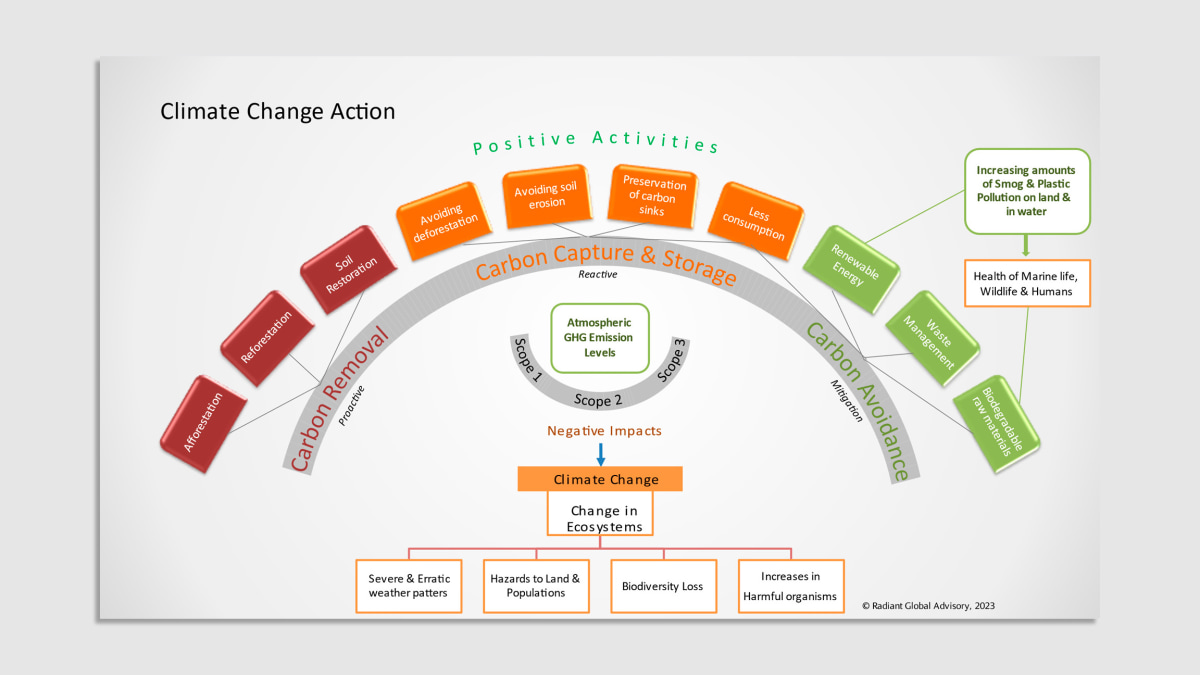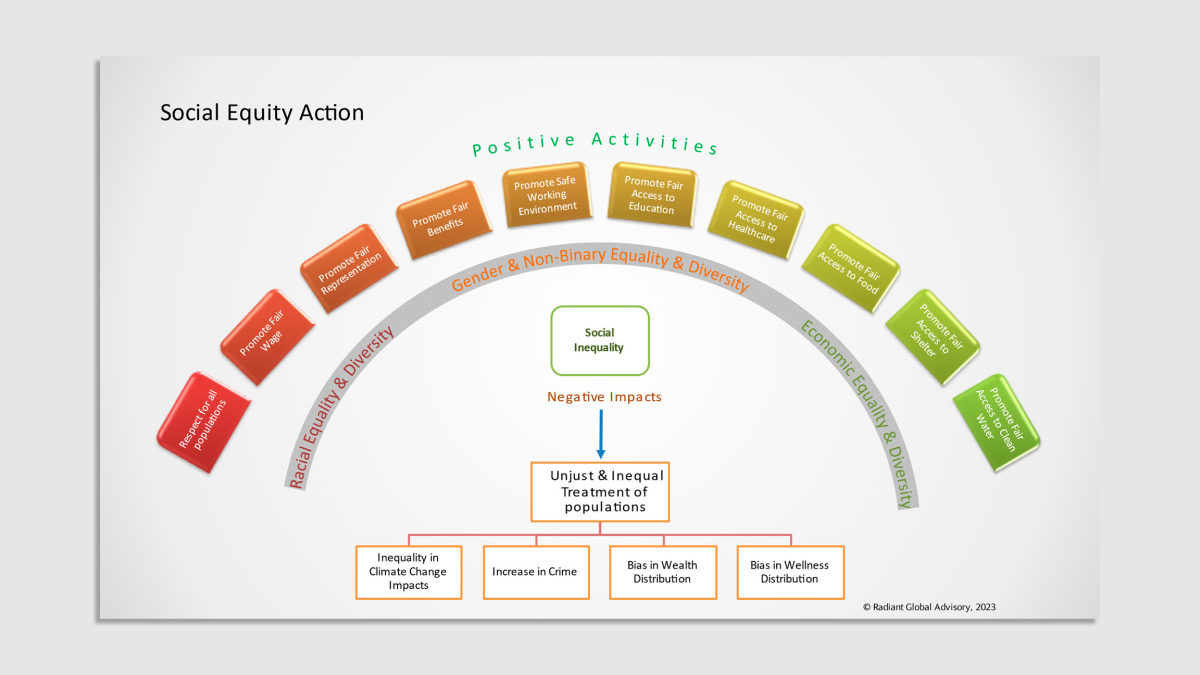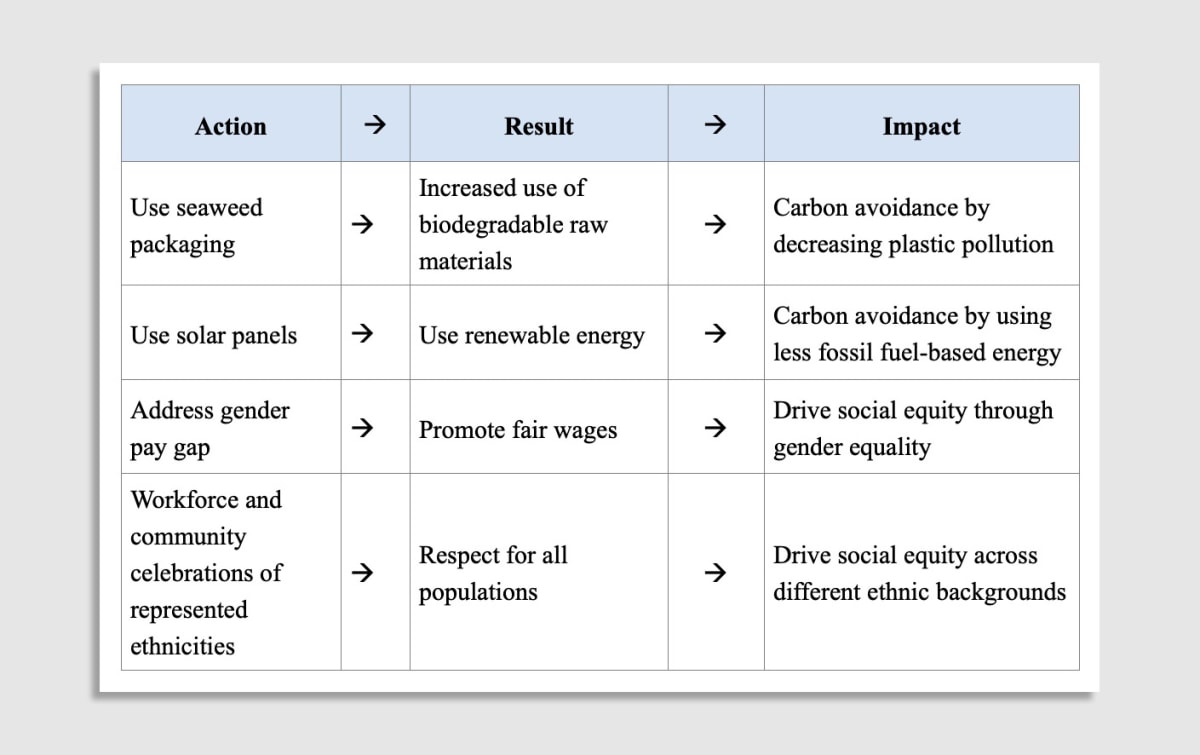- | 9:00 am
How to make it easier to connect with sustainability
Tie together education and action so companies and consumers are motivated to make sustainability changes.

I’ve often compared the topics of sustainability and personal health in their drives for behavioral change and adoption.
What sustainability and personal health have in common is that they are both technical and complex, and the research around them quickly changes and evolves. They are both areas with solutions that are difficult for people to deeply understand.
The primary difference, however, is that with personal health, experts have determined how to distill complex information into something understandable, incentivizing people to take action. There has not yet been a similar connection made for sustainability.
WHAT ABOUT SUSTAINABILITY?
So, how can we connect to sustainability solutions in the same way?
I believe we can leverage the same principles as personal health, educating and distilling information in a way that allows people to see the connections.
Simplicity is key. While complex frameworks for carbon disclosures and social equity may offer the details some stakeholders need, most people and most companies are still at an elementary phase. We may know some key words but contextualizing them into a narrative that can be discussed and shared remains challenging.
On the other hand, it’s naive to expect that individuals will feel connected enough to take action on climate change by telling them that switching to bamboo straws will help; it’s vague and abstract. Tell them, however, that switching to bamboo straws helps prevent plastic waste, which helps avoid carbon emissions that contribute to climate change. That simple explanation can help them better understand and appreciate that their actions matter, incentivizing commitment.
A FRAMEWORK TO UNDERSTAND SUSTAINABILITY
As I strive to grow the sustainability footprint through my work, I realize that companies and consumers need an easier pathway to understand how their positive actions can help solve sustainability issues. I’ve put together a framework that has helped me better understand positive sustainability actions and build my own narrative.
Let me break it down further for you.

In Figure 1, the primary issue of increasing atmospheric greenhouse gas (GHG) levels, comprised of scope 1 (direct energy usage), scope 2 (indirect energy usage), and scope 3 (indirect emissions) is at the center of our focus. These increasing atmospheric GHG levels are leading to climate change, characterized by changing ecosystems and leading to catastrophes such as severe and erratic weather patterns, hazards to land and populations, biodiversity loss, and increases in harmful organisms.
Toward the top of the figure lies our hope. Ten positive activities are illustrated, characterized by either carbon removal, carbon capture, or carbon avoidance. Almost all of the various sustainable initiatives we hear about and pursue in this fight against climate change ultimately map to these 10 activities. Supporting some of these positive solutions can also mitigate the increasing land and water pollution that has health effects on all living species (e.g., marine life choking on plastics in the ocean).

Figure 2 similarly looks at the negative and positive issues, this time related to social inequality. This includes inequalities amongst race, gender, and economic disposition. Inequality often manifests in unjust and unequal treatment of populations, leading to issues such as inequality in environmental impacts, increase in crime, and bias in wealth and wellness distributions. We’re hearing about many initiatives at the corporate, community, and individual level, and ultimately these initiatives map to the 10 positive activities listed at the top.
HOW TO LINK OUR UNDERSTANDING AND ACTIONS
These diagrams show that we can address some of the largest sustainability issues, including increased emissions in our atmosphere, increased pollution, and social inequality, by mapping initiatives to positive activity categories.
This allows us to understand how our chosen actions more directly affect these larger sustainability issues, thus, leading to better chances of understanding, connecting, and commitment.
Let’s take some common examples and map them:

As founder of Radiant Global Advisory, my main objective and mission is to work with firms of all sizes to help them accelerate this sustainability journey. This can mean very different things to different firms, however, one common issue I see on this pathway is a lack of connection between consumer and action. By helping firms more clearly understand and communicate how their chosen initiatives fit into their sustainability journey, I believe we can drive for further adoption and more clear communication.
Shila Wattamwar is the founder of Radiant Global Advisory.






































